你的大便揭示了你的健康

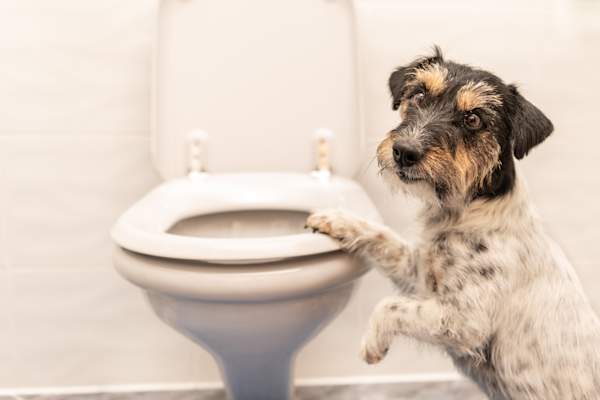
通常,您在浴室中进行业务并出去。谁想徘徊?但这是事情:关注你的大便是监测你的健康的重要途径,帮助你知道何时去医生以获得新的,持久的,改变。看看,我们知道便便不是最简单的谈话,甚至给你的医生,谁可以谈论任何东西......但是有一个工具敢说我们说,一个“凳子工具” - 可以帮助。
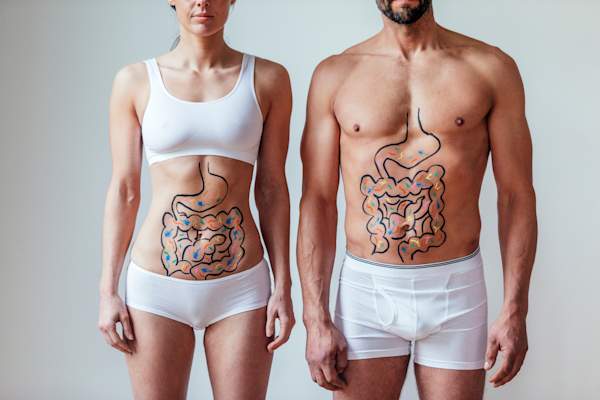
为什么便便问题
Getting a better sense of what your poop looks like can help you understand your body and track any changes, says Pradeep Kumar, M.D., a gastroenterologist, partner at Austin Gastroenterology, and clinical professor at the Dell Medical School at The University of Texas at Austin. The Bristol Stool Chart provides a common “poo language” for patients and doctors by illustrating and describing stool types, says David M. Poppers, M.D., Ph.D., a gastroenterologist at NYU Langone Health in New York City. You can use it to explain what you see in the toilet, daily. Here’s how.
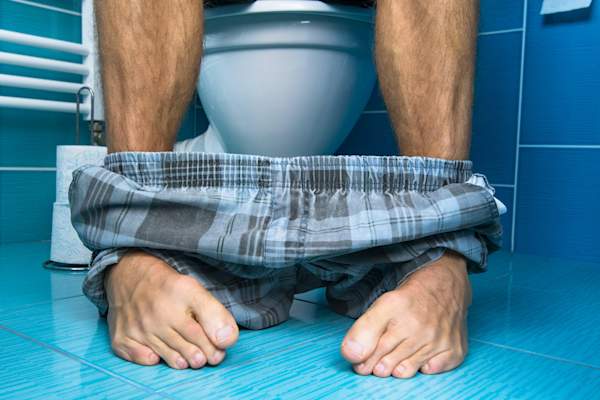
我们的便便可以告诉我们
Kumar博士说,我们的凳子就像一个窗户进入我们身体功能。例如,它可以展示您是否获得足够的纤维,或者我们有足够的有氧运动来刺激“肠道的动机”(一种奇特的说法,让Poo离开你的身体)。一致的,逐渐变化也可能(强调潜在地)是由结肠相关的条件引起的,如肠易激综合征(IBS),炎症性肠病(IBD),乳糜泻或甚至结直肠癌。所以在你冲洗之前看一下,并跟踪一致的变化,可以是你整体健康拼图的一小块。

布里斯托尔粪便图表不是什么
Bristol Stool Chart不是任何与任何Poo相关的条件的主要诊断工具 - 它是较大临床评估的一部分,以确定慢性变化的速度,大小和习惯是否有关。“对我来说更重要的不是1型与7型,但如果有变化,”Kumar博士解释道。“我们在真空中不使用Bristol Stool图表。我们在上下文中使用它,其中一系列其他症状。从1到7的分数不是改善或恶化的等级,这不是一个良好的频谱。这是一个完全中立的描述符。“

What the Bristol Stool Chart Is
本指南显示一系列正常大便,帮助您实现您不太可能不健康,因为您的大便在任何一天都看起来“关闭”。“你看看图表,你找到与你的粪便口径相匹配的东西,你就像,好的,还有像我这样的人,我不是独一无二的。库尔博士说,因为我的凳子看起来并没有“我的错误”。““这是一个救济。”注意的变化是启动,保持不变的那些,并且不会在类型频谱的相对端停止。现在让我们来到这些类型。
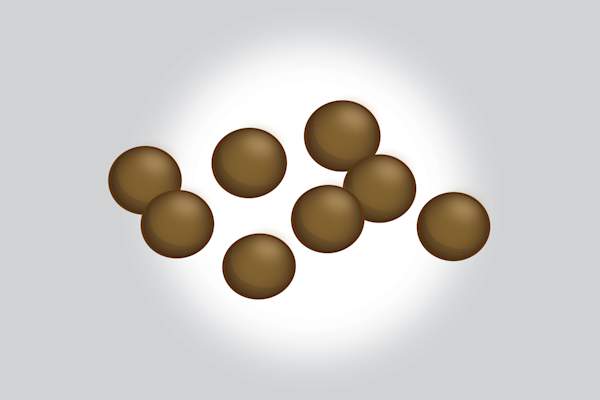
1型:硬块
在布里斯托尔凳子图上,1型被定义为粪便,这是单独的硬块,类似颗粒。他们可能很难过去。Poppers博士说,这种类型可以表示便秘。许多因素都是正常的,可以引起这种类型,从药物到不喝足够的液体或含足足够的纤维。If you’ve had this type of poop forever, it could be your body’s typical bowel movement—but if it makes you uncomfortable, causes problems like hemorrhoids (see your doctor if you have persistent blood with stool), or is a new consistent change, see your healthcare professional.
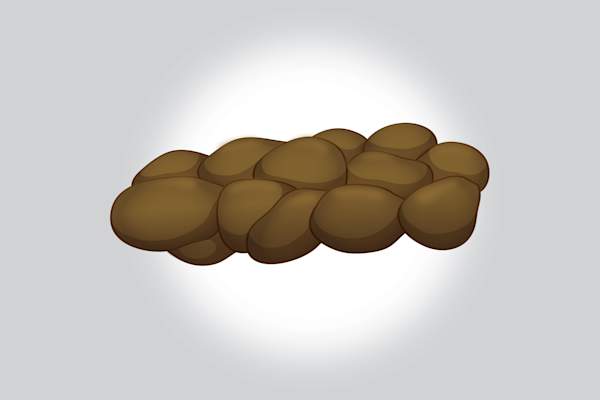
2型:香肠形但块状
2型是凸起,块状,形状像香肠。Poppers博士解释说,这也可能是便秘的。If you’ve been doing all the right things—adequate water intake (about 15.5 cups a day for men and about 11.5 cups of fluids a day for women), fiber (25 to 30 grams a day from food), and exercise (weekly for 150 minutes of moderate-intensity activity or 75 minutes of vigorous-intensity activity)—but had types 1 or 2 for months (or even years), this might be an IBS/functional bowel disorder. Check in with your doctor.
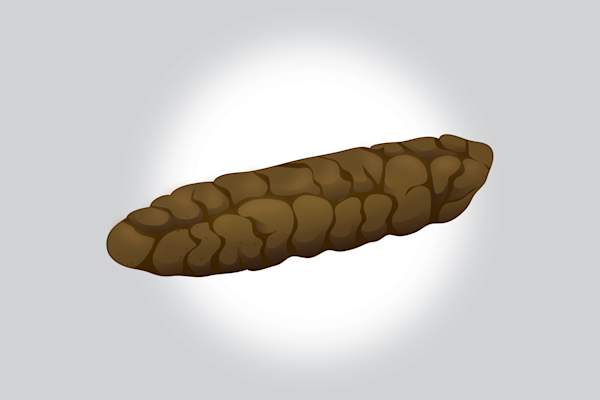
3型:香肠形状裂缝
这种类型的粪便是香肠样,但裂缝(没有肿块)。它被认为是典型的poo和一个标志,所有系统都是看法。It doesn’t necessary mean you are healthy or unhealthy—you could very well have other issues going on that don’t impact your poo that day, says Dr. Kumar, but it does give you a baseline on how your digestive system is working: Your fiber, water, and exercise are likely all good. “Type 3 is one step closer to the firmer consistency of [type 4],” Dr. Poppers says.
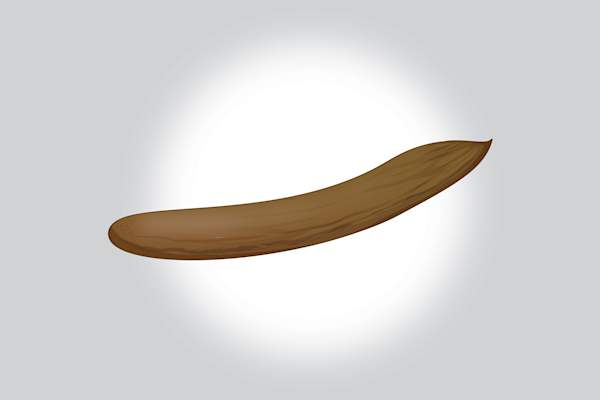
4型:香肠形和光滑
这种类型,你屎像香肠或snake, and is smooth or soft. This type is also considered typical. It’s easy to pass. You might have this type, and that’s great. Or you might not, and that’s OK too. “While we would ideally target a Bristol 4 for all patients, it’s not achievable in all patients,” Dr. Poppers says. Maybe some days you forget to drink enough water. Even COVID-19 has a high level of GI symptoms, like diarrhea, nausea, and vomiting, happening in 30%-50% cases.
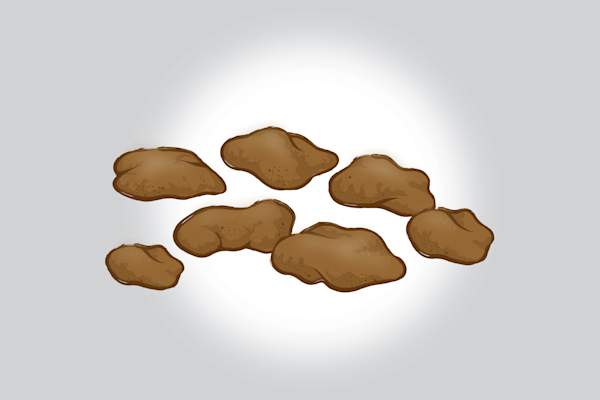
5型:软斑点很容易通过
Bristol Stool Chart上的类型5是具有清晰边缘的软斑,可轻松传递。这种类型与第6型和7种 - 可能是腹泻,紧急情况。这是一个可能是一个惊喜的东西:这种类型(和类型6和7)可能意味着您的饮食中没有足够的纤维,就像便秘一样。“纤维可以帮助巩固并导致更好地形成粪便。它也可以帮助捆绑凳子,“Poppers博士解释说。

6型:蓬松或糊状
如果您的凳子处于蓬松的碎片,则在Bristol Stool图表上有6型6。它看起来很糊状。Poppers说,这种类型可能是由于其他类型,包括其他类型,包括最近的抗生素使用,药物,饮食变化(乳糖不耐受,任何人?),旅行和传染性暴露。某些条件也会导致它,如IBS,IBD和乳糜泻。
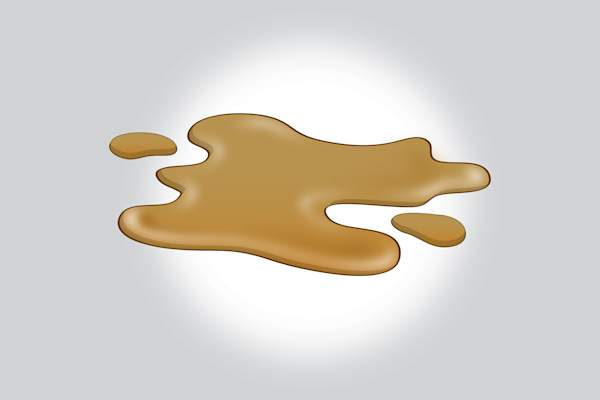
类型7:完全液体
Finally, the last type on the chart, type 7, is watery stool with no solid pieces, and entirely liquid. This is diarrhea, which could be happening for many reasons, as mentioned in types 5 and 6. Bottom line: If you’re concerned, see your doctor. “In the best-case scenario, it’s just reassurance that things are not concerning, and that’s OK,” Dr. Poppers says. “What I always tell patients is, a lot of what we do is make diagnoses, but we also exclude diagnoses, provide reassurance, and then focus on symptoms and quality of life. And all of that is part of medicine.”

跟踪您的POO帮助确定您的类型
想要了解您有一个类型与其他类型的频率更好的处理?保持日记,建议普林斯博士。包括您的饮食,运动,压力水平,药物(包括抗生素使用),焦虑,睡眠变化。他说,意识到你可能没有注意的事情,特别是在大流行期间留在家里。也许你并没有和你一样移动。也许你有新的压力。这些都可以影响你的Poo类型。通过跟踪浴室中发生的事情,您可以更好地处理您应该与您的DOC讨论的任何一致的更改。
History of Bristol Stool Chart:BMJ.。(2009)。快速响应:布里斯托尔粪便图表和布里斯托尔粪便形式规模。bmj.com/rapid-response/2011/11/02/bristol-stool-chart-and-bristol-stool-form-scale.
研究中使用的布里斯托尔大便形式规模的示例:斯堪的纳维亚胃肠学杂志。(1997)。“粪便形式刻度为肠道过境时间的有用指南”pubmed.ncbi.nlm.nih.gov/9299672/
Types of Stool in Chart:澳大利亚的陆军基金会。(2020)。布里斯托尔凳子图。Contine.org.au/bristol-stool-chart.
Adequate Water Intake:梅奥诊所。(2020)。水:每天应该喝多少钱?mayoclinic.org/healthy-lifestyle/nutrition-heacthy-eating/in-depth/water/art-20044256#:〜:text=so%20how%20much%20fluid%20does,fluids%20a%20day%20for%20 women.
足够的纤维摄入量:加州大学旧金山。(2020)。增加纤维摄入量。ucsfhealth.org/education/increasing-fiber-intake#:〜:text=the%20american%20heart%20associaration%20eating ,about%20half%20the%20Recommended%20Amount。
充足的日常运动:MedlinePlus。(2020)。我需要多少运动?medlineplus.gov/howmuchexerciseoineed.html# ::::::::::::::::::::::::::20MOMORESEMEM20MODEDE%2DINTESSTEM20Aerobic%20Activity.&text=also%2c%20try%20to%20get%20each ,%2c%20和20bone%2dstrength%的20倍。
covid-19 gi症状:疾病预防与控制中心。(2020)。症状概况了Covid-19 - 美国13月20日的Covid-19 - 美国患者样本。cdc.gov/mmwr/volumes/69/wr/mm6928a2.htm# ::::text=among%20patiants%20with%2053%20Before ,to%2053%25%20AFTEM20That%20date。
